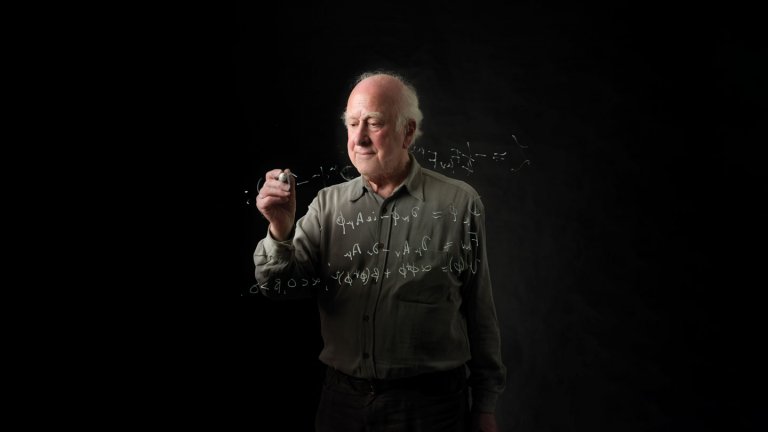
© 2008 CERN / Claudia Marcelloni
Scientific news
Nobel Prize-winning physicist Professor Peter Higgs has died at the age of 94. He predicted the existence of the boson that bears his name and was discovered 12 years ago.

© 2008 CERN / Claudia Marcelloni
In 1964, physicist Peter Higgs predicted the existence of a new type of fundamental particle, known as the Higgs boson. On 4 July 2012, his prediction proved correct: the ATLAS and CMS collaborations presented CERN with data from the LHC indicating the existence of a particle with properties consistent with those of a Higgs boson, through which W, Z and other particles acquire their mass. And Peter Higgs was awarded the Nobel Prize in Physics in 2013.
To find out more, we invite you to watch our videos, discover our images and read the articles below.
Our work is guided by the way scientists question the world around them and we translate their research into images to help people to understand the world better and to awaken their curiosity and wonderment.